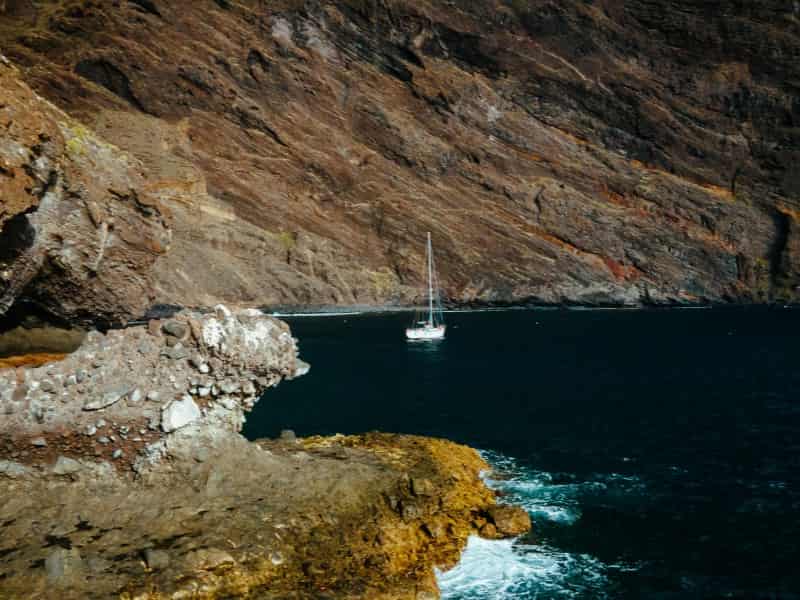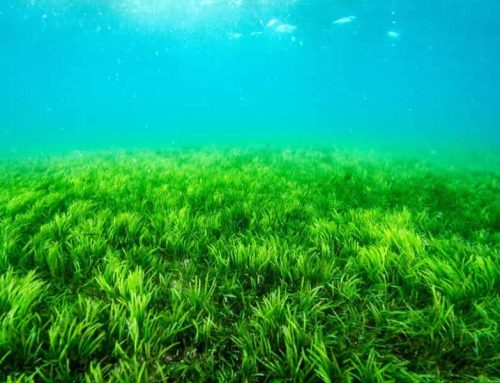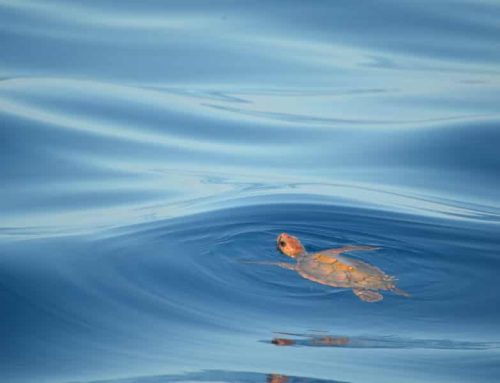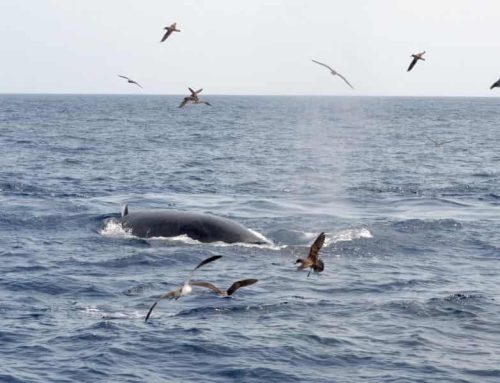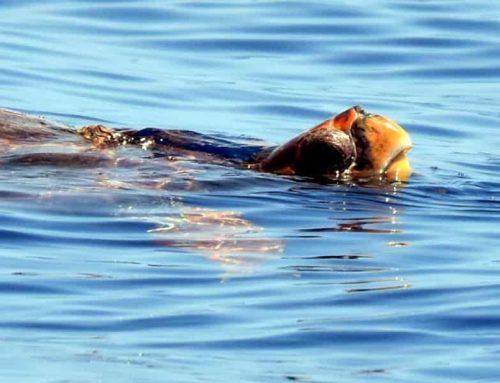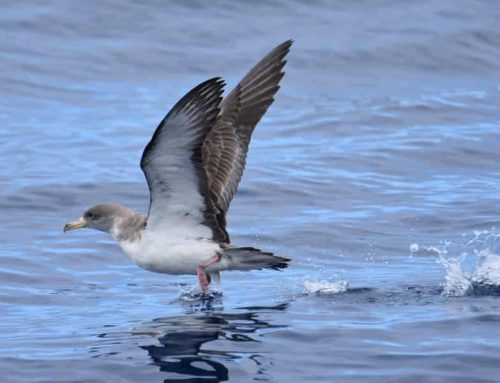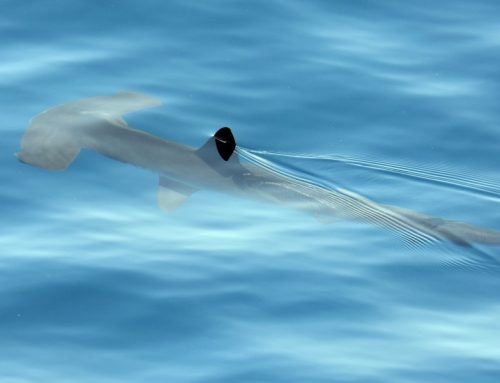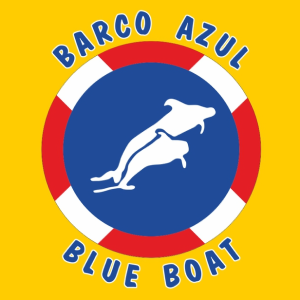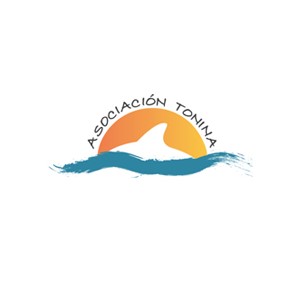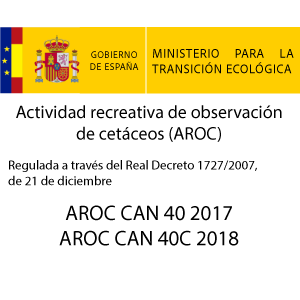Canary Islands ocean streams
Committed to all quality standards.
Located transversely to the Canary cold stream, these islands receive the waters coming from the Gulf and flowing southwest from northern latitudes.
That is the reason why the water temperature is lower than it would be expected for that tropical latitude. Streams are separated from each other by channels of great depth and relatively short distance.
It is a natural phenomenon that needs a more detailed explanation to know why its waters are so particular and almost unique throughout the planet.
The Canary stream and the climate
Mildness is a word that perfectly defines the climate of the Canary Islands, where sudden or extreme weather changes are very rare. The whole archipelago features moderate and nice weather all along the year thanks to the ocean stream that surrounds it.
This current, coming from the Madeira and the Azores islands and reaching the western part of the Canary Islands, completely isolates them from the great contrast climate that reigns on the western coasts of Africa.
Having a constant temperature throughout the year, this ocean stream smoothens the weather of the Canary archipelago, keeping temperatures in an ideal range. Moreover, the islands are kept in a warm layer of vapor and the clouds that cover the mountain peaks prevent excessive warming due to sun radiation.
This peculiarly benign climate is what allows the frequent sighting of cetaceans in Tenerife and nearby coasts. Unlike typically tropical climates, summer in Canary Islands have slightly lower temperatures and winters are usually milder.
During the first 3 months of the year, the temperature in the Port of Tenerife drops to about 60 to 64 degrees Fahrenheit (16 to 17.5 Celsius), while in August it may go up to 82 F (28 C). Besides rainfalls begin being frequent in January, which makes the coolest season the more humid at the same time.
This particular weather, thanks to the geographical location of the Canary Islands, is what makes a very peculiar flora and marine fauna to thrive. That’s why it’s usually to see whales in Tenerife, among other large sea mammals that have become great attractions for visitors and tourists.
Tides and waves
The tides on this fascinating archipelago change every 6 hours, that’s why they are classified as semi-diurnal. This means that there are two low tides and two high tides, in an average range from 3 to 8 ft (1 to 2.5 meters) in what are known as spring tides. The greatest registered amplitude has taken place in February and September, reaching almost 9.2 ft (2.8 meters).
Almost all the Canary Islands have swells that depend upon the trade winds, due to the combination of storms in the North Atlantic and the local tides. For this reason, in rare occasions, the rebozo or groundswell can hamper navigation.
In normal conditions, waves caused by the trade winds, usually calm and moderate, even favor cetaceans to approach the coasts, so it’s not rare to see, even with the naked eye, dolphins in Tenerife, as well as other marine species of interest to tourists, visitors and observers.
The barrier these islands form, along with the trade winds make up the best conditions for the waters on the lee of the archipelago to be calm. Being less agitated by the winds, the waters of that area, mixed with the stream that reaches them, become stable and very navigation friendly.
Not even in summer the temperature of the sea around the islands goes above lukewarm, since the cold current of the Canary Islands has a cooling effect on the waters when passing amongst them.
A natural paradise
Its volcanic origin and geographical location are the main factors that make its waters so peculiar. That’s why the Canary Islands is the place where one of the most fascinating marine fauna in the world can be found.
Visiting the Canary Islands is approaching the splendor of nature thanks to its fine climate and beautiful sea in the heart of the Atlantic. Tourists can enjoy its crystalline beaches and the unforgettable adventure of watching a great variety of marine species, some of which are part of its delicious cuisine.
There’s no secret the Canarian gastronomy has plenty of tasty dishes and intense flavors, all made of crops from its rich volcanic soils and perfectly blended with sea produce, such as rock cod and grouper or parrotfish.
